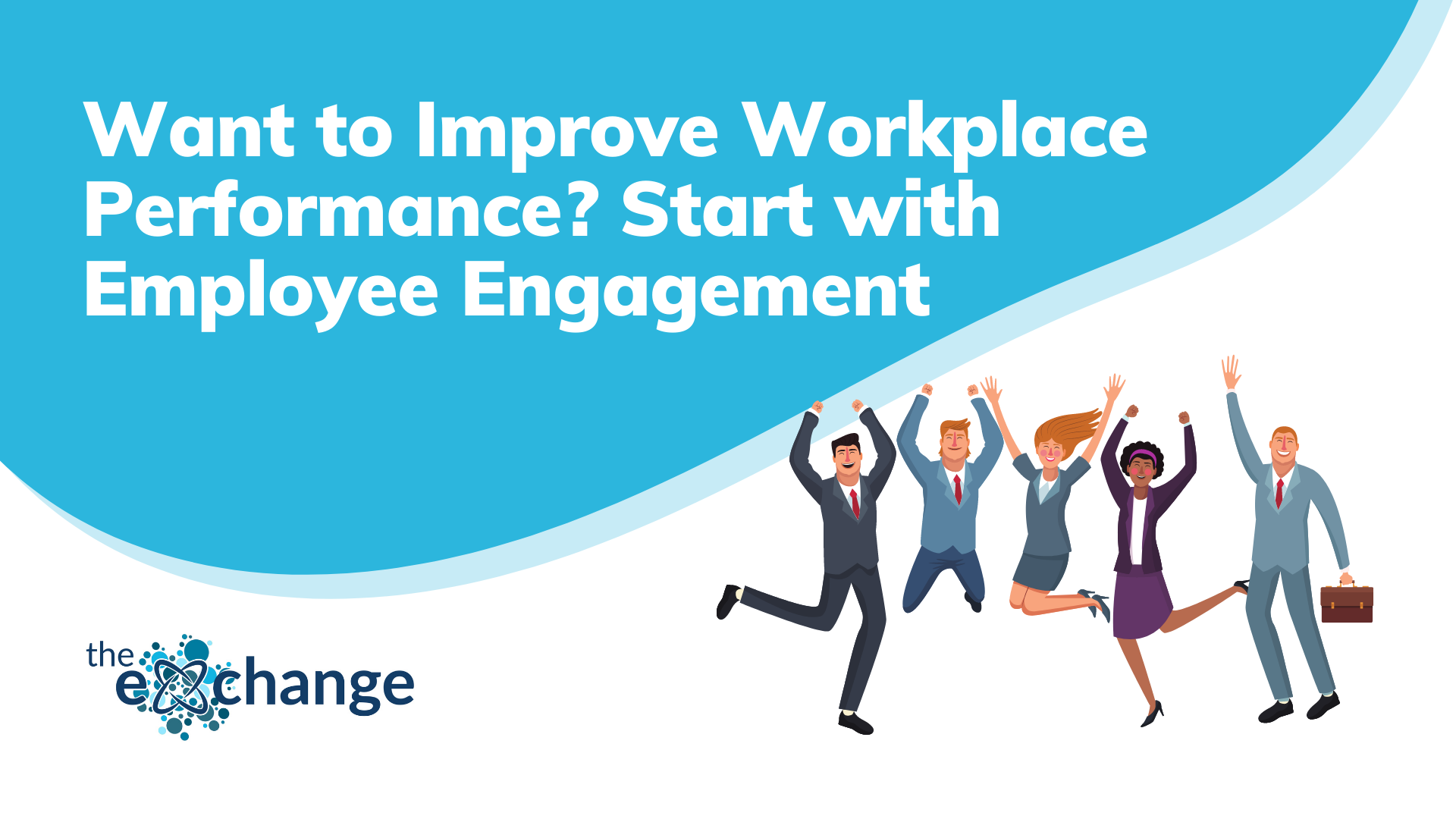
Employee engagement is a fundamental concept in management thinking that describes the nature of the relationship between an organisation and its employees. It is sometimes used interchangeably with “employee experience” and “employee satisfaction”, and has become a top business priority today. Business leaders recognise that having a highly engaged, and thus high-performing workforce increases innovation, productivity and the bottom-line. At the same time, it reduces hiring and retention costs.
Imagine an organisation where employees arrive at 9, do what they are told and leave as soon as the clock strikes 5. They do not question approaches and do not care if there is a more efficient and effective way of doing things. There is no creativity or innovation involved in their work and they are simply going through mindless repetition every day. In today’s rapid cycle economy, such an organisation is unlikely to see consistent growth or even survive.

When an employee is emotionally connected to his/her work and organisation, productivity increases. According to Gallup, high employee engagement rates are 21% more productive and have 28% less internal theft than those with low engagement rates. High workplace engagement also leads to lower absenteeism, fewer workplace accidents and fewer quality issues.
In the nineties, a group of researchers from Harvard University developed the Service-Profit Chain which establishes the relationship between profitability, customer loyalty and employee satisfaction, loyalty and productivity. According to the model, profit and growth are driven by customer loyalty which is a direct result of customer satisfaction. Customer satisfaction, in turn, is an outcome of satisfied, loyal and productive employees. In a more recent study also by Harvard, 71% of business leaders ranked employee engagement as very important to achieving overall organisational success.

There are basically three types of employees:
Engaged employees who are passionate about their work and have found a deep connection to their work and company. They constantly seek new ways to improve how things are done at the workplace.
Non-engaged employees who are putting in the time but not emotionally involved – they are not passionate or energetic at work. They do not do much beyond the things they have been assigned.
Actively non-engaged employees who are not just unhappy, they are actively acting out their unhappiness. They tend to be cynical about their colleagues’ achievements or new progress the organisation is making.
According to Kahn’s study on employee engagement in the 1990s, one of the earliest and most enduring studies on this topic, people “express themselves physically, cognitive, and emotionally” when they interact with their work. Based on this idea, an engaged employee would demonstrate certain emotions and behaviours that are indications that he/she is engaged at the workplace.
For Tim Rutledge, author of Getting Engaged: The New Workplace Loyalty, truly engaged employees are 1) attracted to and inspired by their work, 2) committed and 3) fascinated. Employee engagement can be expressed in the following ways:
Attracted to and inspired by their work: “I want to do this”
Committed: “I am dedicated to the success of what I am doing”
Fascinated: “I love what I am doing”
An engaged employee will:
Now that we have established the importance of employee engagement, find out drives employee engagement here.
Love this article? Share it!